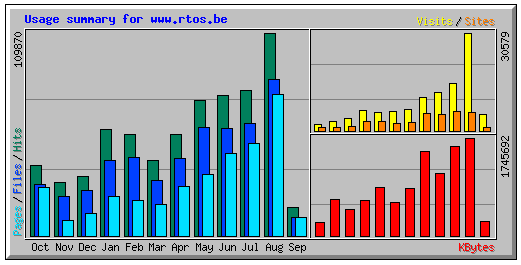Introduction
We started the energy harverster project about a year ago and we thought it might be interesting to our readers to explain how we work and how we get the job done. Of course, bringing the technical challenge to a good end is important but only part of our mission, which is to:
- demonstrate the capabilities of embedded software professionals, and to
- promote a low-overhead, practical but methodological embedded system development approach.
This means that sharing our development process, knowledge and experiences is equally important. Just making the thing work is not enough (no one will know that this exciting project exists :-)).
Blogging
So one year ago we decided to create a blog with lots of ‘social network’ sharing buttons and consistently (= each week, no exception) post our progress. The technology behind our website is WordPress, a great open source content sharing tool. We are using a (commercial) Genesis framework theme. This ensures the theme stays compatible with the latest WordPress version. WordPress really evolves fast and we believe it is best to follow the updates (mainly for security reasons).
Articles are not just written and published. There is a peer review process behind it to verify content, fix typos and so on. We try to add illustrations and photographs to each article in order to improve readability. Illustrations are created with Axure (a question we regularly get). This tool is rather expensive but we believe it has added value.
There are always several articles ready for publication. At the start of the project (i.e. before the blog got online) we had 10 posts ready (about 2 months of ‘backup’). This allows us to concentrate for some weeks on technical stuff without having to worry too much about our blog.
The time spent on one article really varies. It depends on the research we might have to do, on the number of illustrations, on whether we agree on the content or not, and so on. Typically something between 2 and 6 hours?
Sometimes we ‘win’ a free week when one of our guest bloggers has written a post. We sure welcome guest bloggers as long as the content is relevant (development, engineering in a broad sense). Guest posts are peer reviewed as well. In return, guest bloggers get… readers, and this is our next topic.
Website traffic
Web traffic looks promising (see picture for statistics; is this the start of an exponential growth? :-)) but there is good and bad news.
The bad news is that probably most traffic is generated by web crawlers and spam bots. We have already received hundreds and hundreds of spam messages (replies on posts, ping-backs). Since these messages are moderated, you don’t see them.
The good news is that if spiders and spam bots can find us, then humans can find us too :-). And we know from a WordPress plug-in called NewStatPress that in one year the number of unique visitors per day has grown from 30 to 150-250 (i.e. no bots or spiders!). Not bad for our niche target but there is still a lot of room for improvement.
Technical journey
The red thread running through all blog posts is the energy harvester project. The core team of this project consists of two software engineers (see About us). Although we are able to make hardware setups (COTS and electronic components are typically bought at Ebay, Mousser or Farnell), real hardware development is not our expertise.
Therefor, we have outsourced development of several hardware components that are used for prototyping. Three parties were (and still are) involved:
- a Belgian freelance hw engineer (sensor board),
- IACS (low-side switching board) and
- an Ukrainian engineer (‘high-side switching board’ project via elance).
It is still too early to share our experiences here because most development is still ongoing. The idea is to sell some hardware as COTS modules to gain back our development costs.
In order to boost hardware development, we have recently hired a freelance hardware engineer for half to one day a week. So we hope hardware does not become blocking (the charge controller project should not last more than 2 years).
Since there is no central office, most communication goes by email (daily) or Skype (weekly). Also, to stay in sync with all our documents and code, we use git.
Time allocation
We both work (at least) one day a week on this project. But this really includes everything: engineering, blogging, answering customer requests, taking website backups etc… So we cannot expect giant leaps forward in development, that would be unrealistic. We must be patient :-). We can only strive for an incremental and steady progress as we have been doing for the past year!
So, we sincerely hope you share our enthusiasm when we celebrate one year rtos.be !!


Recent Comments